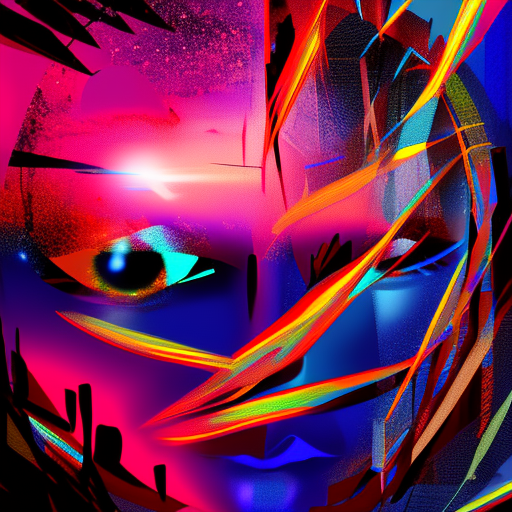One-line summary:
“The Bluest Eye” by Toni Morrison is a powerful and thought-provoking novel that explores themes of beauty, race, and identity through the story of a young African American girl named Pecola Breedlove.
The quest for beauty and acceptance
Set in Ohio during the 1940s, “The Bluest Eye” follows the life of Pecola Breedlove, a young black girl who yearns for blue eyes and believes that having them would make her beautiful and worthy of love. Pecola’s desire for blue eyes stems from her internalization of society’s standards of beauty, which prioritize whiteness and Eurocentric features. Throughout the novel, Pecola faces numerous challenges and experiences various forms of abuse, both physical and emotional, which further reinforce her belief that she is ugly and undeserving of love.
As the story unfolds, the reader is introduced to a cast of complex and deeply flawed characters, including Pecola’s parents, Cholly and Pauline Breedlove, and her friend Claudia MacTeer. Each character grapples with their own insecurities and struggles, highlighting the damaging effects of societal beauty standards on individuals and communities. Morrison skillfully weaves together their narratives, providing a nuanced exploration of the impact of racism, poverty, and trauma on the lives of African Americans.
The destructive power of internalized racism
“The Bluest Eye” delves into the destructive power of internalized racism and the ways in which it perpetuates cycles of self-hatred and violence. Pecola’s longing for blue eyes reflects a deep-seated belief that her blackness is inherently ugly and undesirable. This self-hatred is further reinforced by the constant messages she receives from the media, her community, and even her own family, who also internalize society’s racist ideals of beauty.
Through the character of Pecola, Morrison exposes the damaging effects of internalized racism on an individual’s sense of self-worth and identity. Pecola’s desire for blue eyes becomes a metaphor for the broader societal desire for whiteness and assimilation, highlighting the ways in which racism devalues and erases the experiences and beauty of people of color.
The search for identity and belonging
In addition to exploring themes of beauty and racism, “The Bluest Eye” also delves into the search for identity and belonging. Pecola’s longing for blue eyes is not only a desire for physical beauty but also a yearning for acceptance and validation in a world that constantly marginalizes and devalues blackness.
As the story progresses, the reader witnesses the devastating consequences of Pecola’s quest for beauty and acceptance. The novel forces us to confront our own complicity in perpetuating harmful beauty standards and challenges us to question the ways in which we define beauty and worth.
- Beauty standards perpetuated by society can have detrimental effects on individuals’ self-esteem and sense of identity.
- Internalized racism can lead to self-hatred and perpetuate cycles of violence and trauma.
- The search for identity and belonging is deeply intertwined with societal beauty standards and racial prejudices.
“Along with the idea of romantic love, she was introduced to another—physical beauty. Probably the most destructive ideas in the history of human thought. Both originated in envy, thrived in insecurity, and ended in disillusion.”
(Toni Morrison, The Bluest Eye)
In conclusion, “The Bluest Eye” is a poignant and thought-provoking novel that explores the damaging effects of societal beauty standards, racism, and internalized self-hatred. Through the character of Pecola Breedlove, Toni Morrison challenges readers to critically examine their own biases and complicity in perpetuating harmful beauty ideals. The novel serves as a powerful reminder of the importance of embracing and celebrating diverse forms of beauty and identity.












